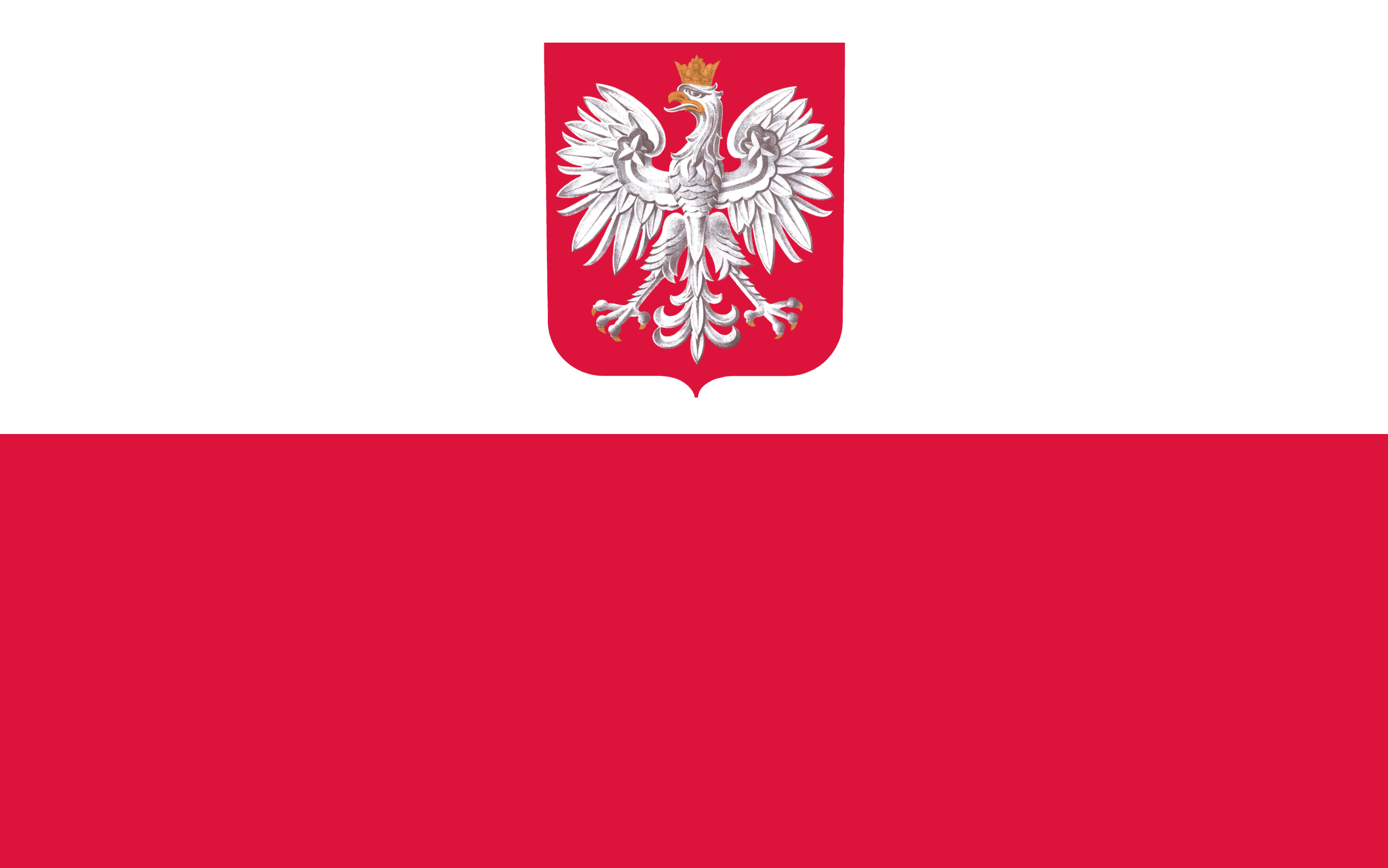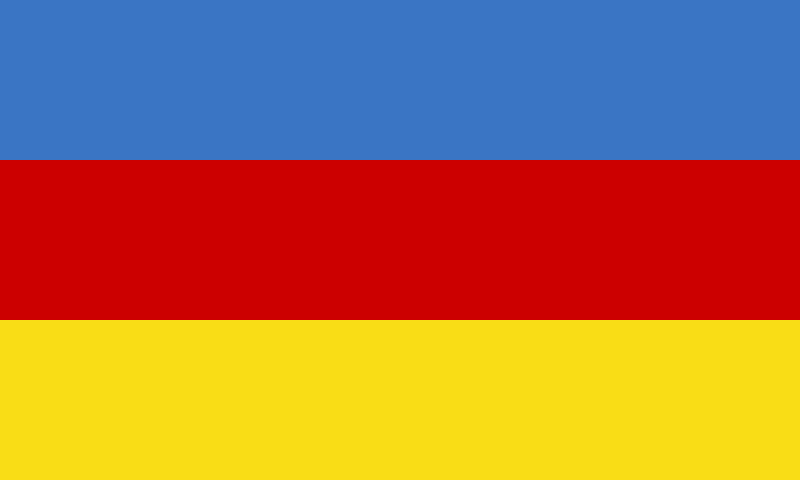A Brief History of Galicia: The Austro-Hungarian Era
First Partition of Poland in the 1770s divided up this once great empire into lands administered by Prussia, Austria, and Russia. Maria Theresa (Habsburg) laid claim as sovereign of Hungary to the lands of the medieval Galician-Volhynuan Kingdom. During this time, Polish laws were abolished. The Austrians maintained control of historic (eastern) Galicia, which was 71% Ukrainian, and Polish lands west of the Wislok River. Cracow remained an autonomous city-state under Austrian administration.
Little changed for the peasants, of course. Meet the new boss…just like the old boss. They were so poor, they probably did not notice the stagnate economy after being cut off from the Polish economic sphere During this time, Galicia remained largely agricultural, a far cry from its previous glory as the crossroads of Europe.reat job, Austria. Take a victory lap. To further confuse things (as if the religious issue wasn't enough of a rat's nest, in the early 19th century the University of L’viv only taught in German while elementary schools only taught in Polish. Remember, this land is 71% Ukrainian with its Cyrillic alphabet. Younger generations who became educated (even a clerical education) became Polonized.
In a clear admission that they were in over their heads, due to external and internal pressures on the Austrians, control of Galicia was largely ceded to the Poles after 1863, and remained thus until World War I. Of course, after World War I, the Austro-Hungarian Empire ceased to exist. Pity that.
The 1890s ushered in a new era of cooperation between Galician Ukrainians and Poles. However, by the early 1900s things quickly went sideways as a Ukrainian student assassinated the Polish Viceroy. This was understandable, however. This was during the worldwide rise of nationalism, and Ukrainians were starting to see themselves as a unique and independent nation. As we have learned, the Poles had been the dominant political force often at the expense of the Ukrainians. Unfortunately for Ukraine, two World Wars, revolution in Russia, and 70 years of control by the Soviet Union delayed the creation of a Ukrainian state. While much progress was made from the 1990s through the 2010s, they once again find themselves fighting for survival of what it means to be Ukrainian.
Hann and Magocsi (2005) had a quote that I felt was worth including in its entirety. "The revival of cultural identities based on historic regions – in other words, the realization that a place like Galicia is historically both a Polish and a Ukrainian land – may help the citizens of neighboring countries overcome the unhealthy tendency to equate a given state with a single so-called national culture. It may also help them realize that in order for the New Europe to survive and prosper it must consist of multinational states linked by permeable borders. It is in this sense that a better understanding of historic regions like Galicia may contribute to the further integration of Europe and the future well-being of European civilization." I realize with the survival of the entire Ukrainian state hanging in the balance that it may be some time before this can happen. Ukraine needs to remain united in order to defeat the fascist Russian invaders. But I can foresee a time where Galicia becomes a semi-autonomous region, perhaps under joint Polish-Ukrainian control, guaranteeing the protection of NATOReferences
Hann, & Magocsi, P. R. (2005). Galicia : a multicultured land (Hann & P. R. Magocsi, Eds.). University of Toronto Press.
Magocsi. (2002). The roots of Ukrainian nationalism : Galicia as Ukraine’s Piedmont. University of Toronto Press.


